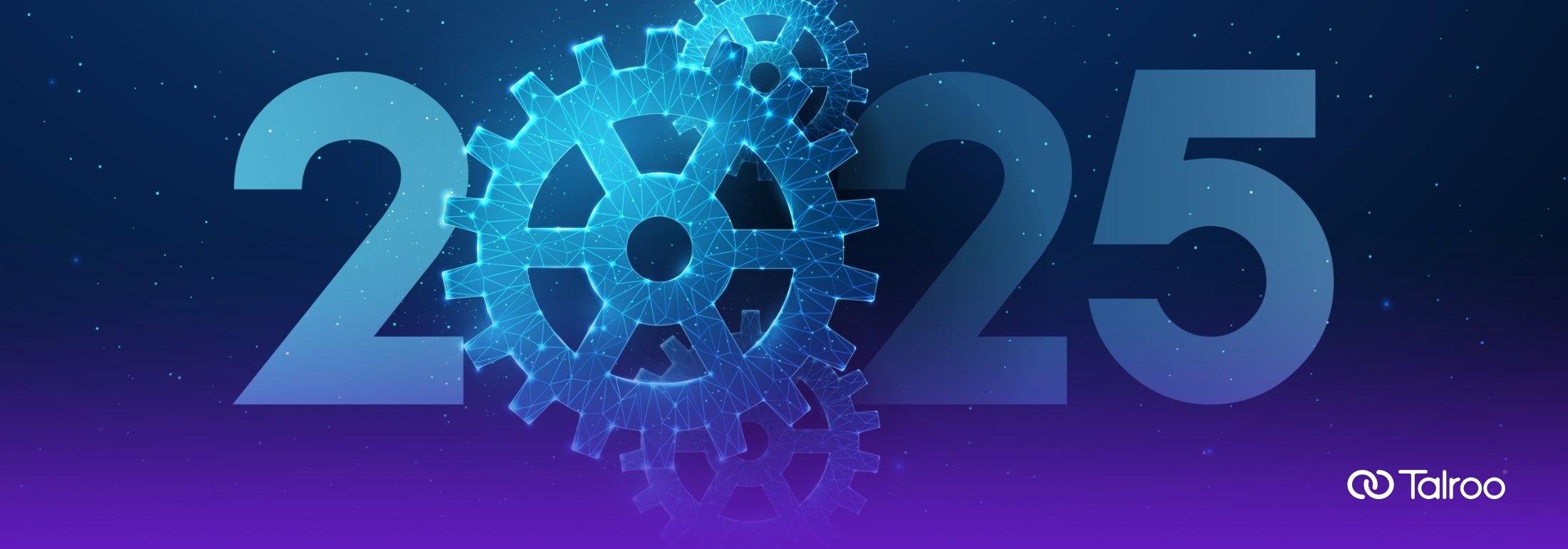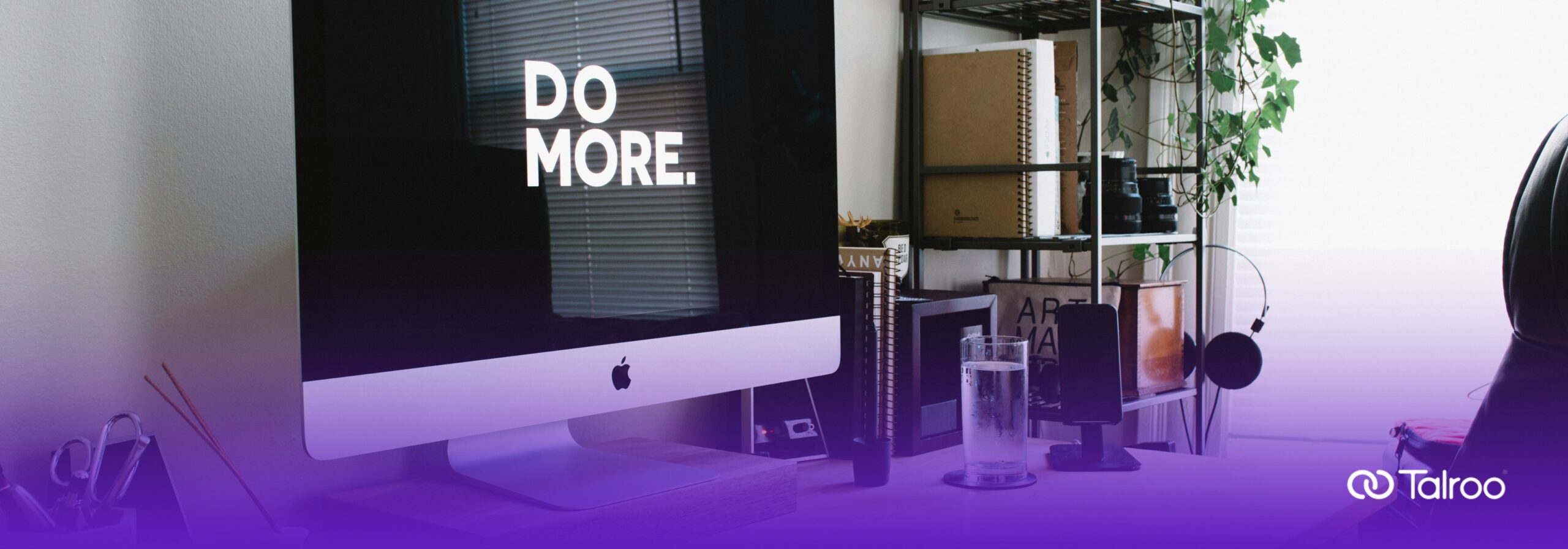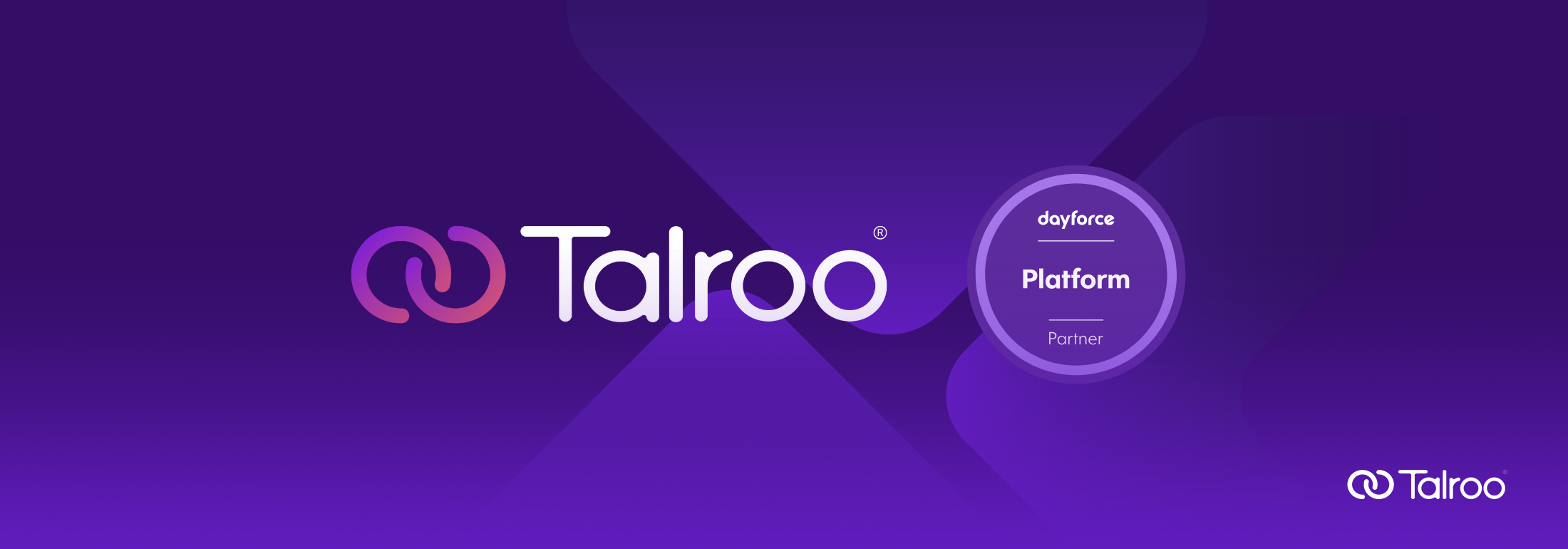
In today’s rapidly evolving job market, clearly defining job duties and responsibilities is more crucial than ever. A well-structured job description not only attracts top talent but also fosters efficiency and satisfaction within your team. As we navigate through 2025 and beyond, it’s essential to modernize our approach to crafting these descriptions, ensuring they align with current best practices and technological advancements.
There are many reasons why updating your job descriptions regularly is necessary, but at the top of the list is employee retention. Employees are 84% more likely to remain with their current company when they have clear and accurate job descriptions. Additionally, according to the same report, while 72% of hiring managers believe they provide clear job descriptions, only 36% of candidates agree, indicating a significant communication gap. One of the most disruptive factors is the growing influence of AI on employment. According to PwC, by 2025, occupations with tasks that can be performed by AI are experiencing nearly five times higher growth in productivity than those with minimal AI integration.
Understanding Job Duties and Responsibilities
Job duties and responsibilities outline the essential tasks an employee is expected to perform regularly. Clearly articulating these expectations sets performance standards and promotes workplace efficiency. For instance, a warehouse worker in 2025 might be responsible for:
- Receiving, inspecting, and organizing incoming shipments using automated inventory systems.
- Operating forklifts and warehouse management software to monitor stock levels.
- Preparing and packaging outgoing shipments with precision.
- Adhering to safety protocols and maintaining compliance with updated warehouse automation procedures.
- Assisting in implementing AI-assisted inventory tracking to optimize stock management.
Tailoring these duties to the specific role and organizational needs enhances hiring accuracy and sets clear expectations for performance and growth. The more specific, the better qualified your applicants are likely to be. Realistic job descriptions are one of the best ways to attract candidates that know exactly what they are getting into if they accept a role with your company.
Related: How To Write Job Descriptions | Talroo
Why Is It Important to Define Job Duties and Responsibilities?
Clearly defining job duties and responsibilities is essential for both employers and employees. Well-structured job descriptions set clear expectations, ensuring that employees understand their roles and responsibilities, which leads to improved productivity and job satisfaction. For employers, these descriptions help streamline the hiring process, making it easier to identify and attract the right candidates. Additionally, well-defined job roles contribute to better performance management, goal setting, and career development within the organization.
From a legal perspective, clearly documented job duties can protect organizations from disputes regarding role expectations and performance evaluations. They also ensure compliance with labor laws and fair employment practices. As businesses evolve and incorporate AI and automation, maintaining updated job descriptions helps organizations stay competitive and responsive to industry changes.
The Role of AI in Crafting Job Duties and Responsibilities
AI-powered tools have made it easier than ever to generate job descriptions by analyzing industry data, predicting relevant skills, and even optimizing content for search engines. These tools can help HR professionals quickly draft job descriptions that align with market trends and evolving job requirements. However, AI should not be the sole provider of your job descriptions. Instead, think of it as a powerful assistant that enhances—but does not replace—the human touch.
While AI can suggest job duties, responsibilities, and qualifications based on large data sets, it lacks the context and cultural awareness that HR professionals bring to the table. Over-reliance on AI can result in generic descriptions that fail to capture the nuances of a company’s expectations or workplace culture. The best approach is to use AI-generated content as a foundation, then refine it with insights from hiring managers, department heads, and industry experts.
Related: Demystifying Generative AI | Talroo Blog
How to Use AI Effectively for Duties and Responsibilities
To get the most value from AI in defining job duties and responsibilities, follow these best practices–but before you do, one caution: AI generated job descriptions can be generic and AI does “hallucinate,” or make assumptions based on inaccurate information. AI-generated content should always be reviewed by HR professionals to ensure it aligns with your company’s mission and values, as well as the unique aspects of the role.
- Start with a Clear Outline. Before turning to AI, outline the key responsibilities and skills you want in the role. This ensures that the AI-generated description aligns with your organization’s needs.
- Use AI for Market Research. AI tools can analyze job postings from similar roles in the industry, helping you stay competitive and ensuring that job descriptions reflect current trends.
- Optimize for Inclusivity. AI can help flag biased language, but it’s essential to review AI-generated content manually to ensure it promotes diversity and inclusion. Avoid jargon and overly restrictive criteria that may discourage qualified candidates from applying.
- Refine for Accuracy and Culture Fit. AI-generated job descriptions often need adjustments to accurately reflect company culture and expectations. Collaborate with hiring managers to refine AI-generated content.
- Leverage AI for Keyword Optimization. AI can suggest keywords that improve the visibility of job postings on job boards and search engines. However, ensure the final description remains readable and engaging for human applicants.
By strategically integrating AI into the job description process, HR professionals can save time while maintaining the depth and quality needed to attract the right candidates.
Example of a Description of Job Duties and Responsibilities
What does a clear job description look like? Title, location, salary range (a must, since many job boards will use AI to add a range for you if you don’t include one), job duties and responsibilities, required and preferred qualifications—pretty much the same notes we’ve always hit. What makes today’s job description different is specificity. AI generated job descriptions haven’t quite mastered understanding the particulars that you do about a role. A job seeker who is genuinely interested in a role with your company is going to want to know specifics about the role and will be more likely to apply if you put them right out there.
Below is a clear and defined example of a job description for a Marketing Manager position in 2025:
Position Title: Marketing Manager
Location: Hybrid (2 days on-site per week)
Salary Range: $80,000 – $100,000 per year
Job Duties & Responsibilities:
- Develop and execute multi-channel marketing strategies, including social media, email, and digital advertising campaigns.
- Analyze marketing data and AI-generated insights to optimize campaigns and improve ROI.
- Collaborate with cross-functional teams, including sales and product development, to align marketing initiatives with business objectives.
- Manage content creation, branding efforts, and public relations activities.
- Oversee the implementation of marketing automation tools and CRM systems.
- Monitor industry trends and competitor strategies to ensure continued innovation and relevance.
Required Qualifications:
- Bachelor’s degree in Marketing, Business, or a related field.
- 5+ years of experience in marketing or a related role.
- Proficiency in marketing automation software and data analytics tools.
- Strong communication and leadership skills.
Preferred Qualifications:
- Experience with AI-driven marketing tools including generative AI and analytics.
- Knowledge of SEO and digital advertising best practices.
Providing a clear, structured job description like this ensures alignment between company expectations and employee performance.
Related: How to Write Job Descriptions | Talroo Blog
Key Considerations for 2025 and Beyond
To stay competitive and relevant, consider the following elements when defining job roles:
- Transparency
Candidates now expect upfront clarity regarding job responsibilities, salary ranges, and benefits. In many regions, salary transparency laws mandate the disclosure of pay expectations.
Best Practice: Clearly state salary ranges and key benefits in EVERY job description.If you don’t, many job boards and distribution platforms will do this for you.
- Work Environment Expectations
The demand for flexibility has become a standard. Clearly specify whether a position is remote, hybrid, or on-site to manage candidate expectations effectively.
Best Practice: Use straightforward language, such as “This role is hybrid, requiring two in-office days per week.”
- Essential vs. Preferred Qualifications
Differentiate between mandatory qualifications and those that are desirable. This distinction broadens the candidate pool and encourages applications from diverse backgrounds.
Best Practice: List required skills and qualifications separately from preferred ones.
- Incorporate Technological Proficiency
As AI and automation become integral to various roles, highlight the necessary technical skills and familiarity with relevant tools.
Best Practice: Specify required software proficiencies and any experience with AI-driven tools pertinent to the role.
- Emphasize Soft Skills
Attributes such as adaptability, problem-solving, and effective communication are increasingly valuable. Including these in job descriptions ensures alignment with company culture and team dynamics.
Best Practice: Incorporate soft skills that reflect your organization’s values and the specific demands of the role.
Trends Shaping the Future of Job Descriptions
Dynamic and Skills-Based Roles: Traditional job descriptions with rigid job titles and duty lists are becoming obsolete. Companies are shifting toward fluid, skills-based role definitions that emphasize problem-solving, adaptability, and innovation. Instead of listing narrowly defined tasks, job postings now focus on competencies that enable employees to evolve alongside the business.
Prioritizing Transferable Skills: With automation and AI reshaping industries, companies are placing greater value on critical thinking, collaboration, and digital fluency over specific technical proficiencies. Future job descriptions will highlight cross-functional teamwork and the ability to leverage emerging technologies, ensuring that employees remain versatile in a rapidly changing workforce.
Remote and Hybrid Work Integration: The shift toward remote and hybrid work models has transformed job expectations. Employers are placing greater emphasis on digital collaboration, self-management, and remote communication skills to ensure seamless productivity. Job descriptions must now clearly outline technological proficiency and workflow requirements to attract candidates who can thrive in a flexible work environment.
Commitment to Lifelong Learning: Continuous learning is no longer just a career advantage—it’s a core job requirement. Companies are incorporating professional development, upskilling, and adaptability into job descriptions to foster a culture of growth. Employees who embrace lifelong learning will be better equipped to stay ahead of industry changes, ensuring success for both themselves and their organizations.
Adapting to Workforce Evolution
The integration of AI in hiring processes and the shifting job market necessitate a modern approach to defining job roles. As technology continues to advance, businesses must ensure their job descriptions reflect the evolving skills and competencies required for success in an AI-driven workplace.
Incorporating AI-powered tools in recruitment can enhance candidate screening, reduce unconscious bias, and improve the efficiency of the hiring process. However, organizations must balance automation with human oversight to maintain fairness and inclusivity. Additionally, continuous workforce upskilling is essential, as AI and automation may shift traditional job functions, requiring employees to develop new technical and analytical capabilities.
To stay competitive, companies should regularly review and update job descriptions to align with industry changes and emerging trends. This includes defining new roles that leverage AI-driven insights, updating required skills to include digital literacy, and fostering a culture of adaptability within the workforce. By embracing these modern strategies, organizations can attract and retain top talent, streamline operations, and cultivate a positive workplace culture that is prepared for the future.
Ready to take your recruitment strategy to the next level? By partnering with Talroo, you can streamline your hiring process, superpower your job posts with SmartTitles to reach more top candidates, and build a workforce that’s committed to your company’s mission. From attracting the right talent to increasing employee retention, Talroo’s solutions are designed to help you succeed in a rapidly evolving job market. Experience how Talroo helps our customers succeed with our interactive demo.




